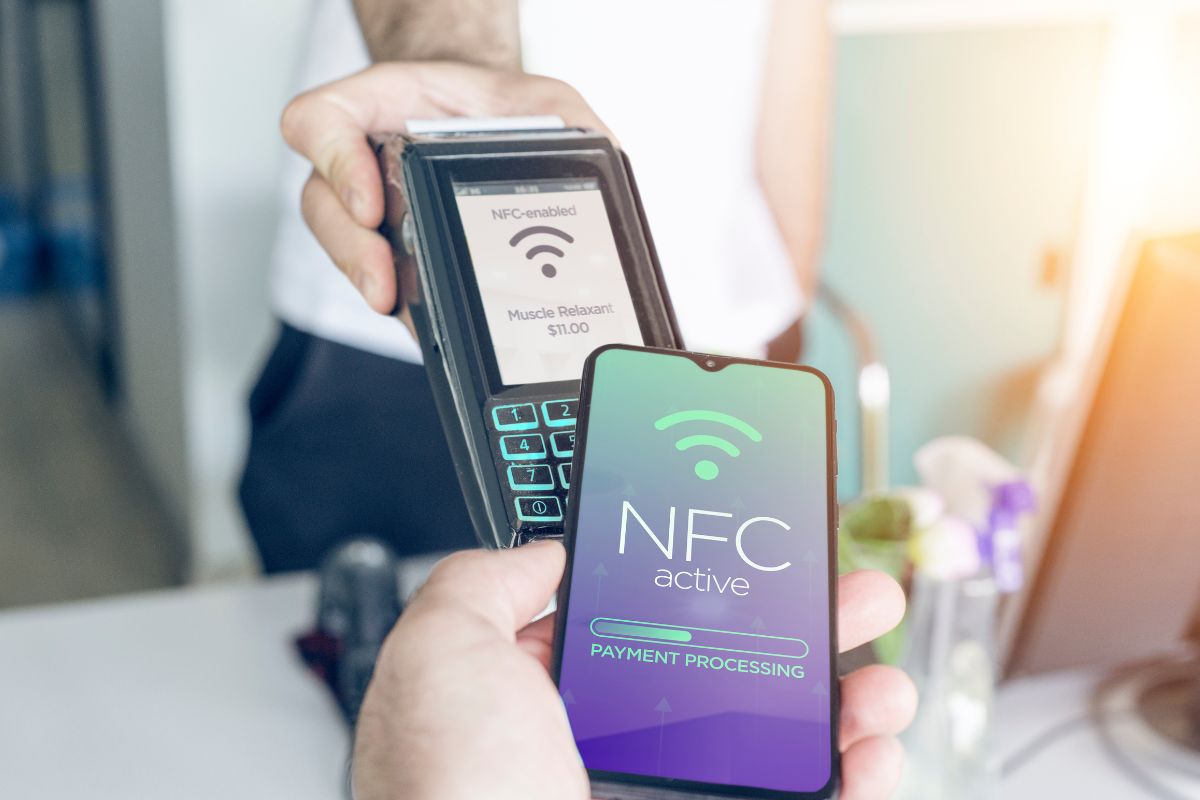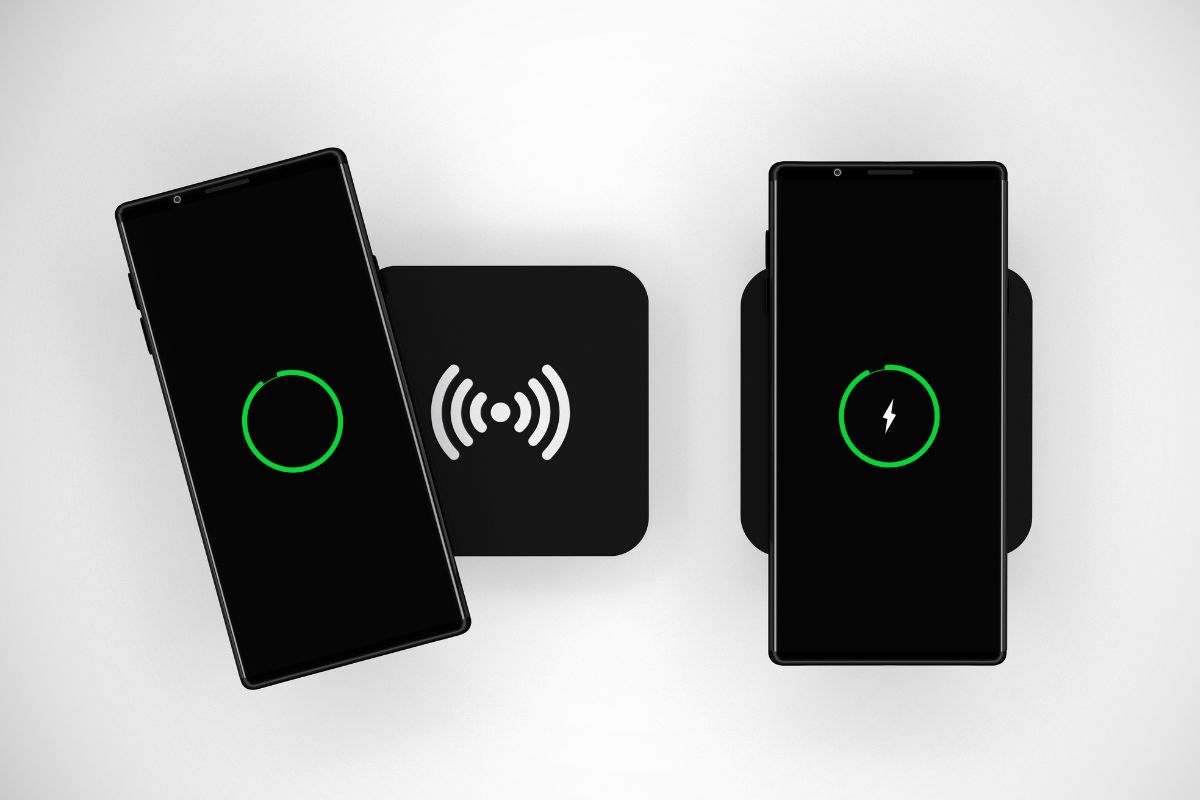An industry standards body has started a dedicated educational campaign for this specific purpose.
The NFC Forum, the top NFC technology standards body, has launched a new educational campaign specific to supporting designers who want to use the tech for wireless charging purposes.
The idea is to expand on the uses for the near field communication tech already found in devices.
Many smartphones, smartwatches and other wireless devices contain NFC technology chipsets and antennas. They have the capacity to provide convenient power transfer without having to depend on a separate wireless charging unit. This has the potential to allow product designers to further simplify their device designs, reduce their costs and streamline their product development. It could also help them to shrink the time-to-market.

The NFC Wireless Charging Standard is a free specification to the Wireless Power Consortium’s Qi. Though Qi makes it possible for smartphones and other mid-sized gadgets to achieve wireless charging, near field communication provides that same option for smaller, personal battery-powered devices and Internet of Things (IoT) gadgets.
An example is that NFC technology can allow a smartphone to power wireless earphones or smartwatches.
Other gadgets that can be powered by smartphone using near field communication include fitness trackers, earbuds, headsets, and digital styluses. The tech currently provides up to 1 watt of induction charging across a 2-centimeter distance. Research is continuing in order to improve both the range and the watts for this type of wireless charging.
“NFC Forum’s industry leading members believe NFC Wireless Charging is changing the way we design and interact with small, battery-powered devices,” said NFC Forum Executive Director Mike McCamon. “We are working as a community to bring all stakeholders together – from silicon vendors and OEMs to application developers and implementers – to create a collaborative and innovative technological ecosystem which creates solutions that are more accessible, efficient, and beneficial for everyone.”
“By broadening exposure to product designers in all industries with this educational program, our aim is to ensure that NFC wireless charging becomes the de facto standard for powering small IoT / consumer devices up to 3 watts,” added McCamon about the potential for NFC technology in wireless charging. “This would mean that a headset which already includes NFC technology for pairing could potentially also use the NFC interface for wireless charging. The NFC antenna can be used to exchange both the pairing information and to transfer power.”

